'The Four Seasons' review: Tina Fey is no Alan Alda, but at least there's the Vivaldi
Published in Entertainment News
“The Four Seasons” on Netflix might be one of the more confounding examples of Hollywood’s preoccupation with treating any preexisting film or show as intellectual property in need of a remake. The original 1981 film from writer, director and star Alan Alda, works largely because it understands the comedy inherent in human relationships. We get on each other’s nerves! My god we get on each other’s nerves. And yet we stick around because these connections are worth something in the end. There’s something so wonderfully optimistic in that idea.
The eight-episode TV adaptation from Tina Fey and fellow “30 Rock” alumni Lang Fisher and Tracey Wigfield is deeply confused about its intentions, retaining most of the movie’s details (so much so that it feels like the equivalent of cinematic karaoke) while also making changes that fail to deepen the narrative. The end result invites constant comparisons, which becomes the only way to sort through this strange project made by people who clearly revere the original, but are unable to either channel Alda’s sensibilities or create meaningful ones of their own.
Ultimately, it’s not funny, which is such a strange and disappointing contrast to the source material, about three bougie middle-aged couples from New York who have known each other for decades and vacation throughout the year together, one trip per season as delineated by Vivaldi’s gorgeous “Four Seasons” concerti.
The group’s easy rapport is destabilized when one of the couples splits up. Suddenly, there’s a much younger girlfriend along for future getaways, which creates all kinds of anxieties. “I can’t relax around a new person!” goes one complaint, and this gets at the magnetic pull of long-term friendships: Even with most of your flaws laid bare, you’re accepted for who you are. But introduce someone unfamiliar to the mix? That comfort level evaporates, and long-established rhythms and understandings are tested.
The series has retained the character names from the movie, but it fails to give them enough texture. (This is actually the second TV adaptation; Alda created a CBS sitcom based on the film that ran for just a handful of episodes in 1984.)
Fey and Will Forte step into the roles originally filled by Alda and Carol Burnett, and their defining trait is a light (sometimes not-so-light) tension between them. But otherwise their personalities are barely sketched out. This is especially egregious considering Alda was playing such a specific type: A gregarious guy who is sentimental about bonds we make with one another, but he can only go so far; when he’s challenged, he doesn’t know what to do. There’s a real warmth beneath his ridiculousness and he’s a gas to be around. Forte’s version is possibly a mild hypochondriac. That’s it. That’s not a character, that’s a script note in the margins that says “to be developed later.”
Colman Domingo is always a welcome presence on screen and he and Marco Calvani are the Jack Weston and Rita Moreno equivalents. They’re probably the most successful pairing, in terms of bringing something semi-compelling to the series, as the former chafes under the latter’s overprotective instincts. Their clashes have the big, broad quality of the original, albeit minus much of the humor.
Rounding things out are Steve Carell and Kerri Kenney-Silver as the Len Cariou and Sandy Dennis characters (aka the couple that will divorce), with Erika Henningsen as the enthusiastic woman he starts dating not long after. I can’t speak to how audiences might have greeted the age difference in 1981, but the update doesn’t quite tackle why a Zillinial (who happily drinks mushroom tea instead of coffee) would be so cheerful about spending all this vacation time with a bunch of conventional-minded Gen Xers. At least in this version, Kenney-Silver’s character is only semi-jettisoned from the story after the breakup, and her sense of alienation from the group is given more time and focus, although I’m not sure the show does anything interesting with these scenes.
In the movie, six adults pile into one vehicle, clown car-style, which is absurd and wonderfully comedic, but also conveys their desire to just be together. In the TV series, they all have their separate SUVs, which is perhaps appropriate for the flat disjointedness of the endeavor. Their presence together feels compulsory. Nothing resonates. Collectively, their interactions tend to have a sour rather than lived-in quality where they get a kick out of one another, even as they complain in private, or to one another’s faces. Their trips lack laughter. It’s telling that when Alda shows up for a cameo, he’s able to do more with his few lines than the entire cast musters throughout the series.
Divorce can bring out all kinds of insecurities for everyone else. Why does this new couple seem so happy, so energized, and why does their presence feel like a rebuke? That’s really what fuels much of the storyline and it plays out in fascinating ways in the film. Not so much here.
The 1981 movie might be one of my favorite performances from Burnett. Her and Alda’s characters have the kind of specific grievances borne of a long marriage and it’s as if we’re a fly on the wall witnessing something rarely glimpsed in public: How couples fight when they’re behind closed doors. The film is piercingly observant on this. Very real but also very funny. The show attempts its own version of this fight, but the issues are so much more amorphous — the pair simply aren’t in sync anymore — so their back-and-forth doesn’t convey anything interesting about how this relationship works. The scene is constipated.
Fed up with her husband, in the original Burnett tells him: “The reality is you’re married to a middle-aged woman with a good sense of humor and dry skin.” In the remake, the line is slightly different: “I hate to break it to you, but you’re married to a middle-aged woman with dry skin.” Well, it’s honest. Fey’s character has no sense of humor.
The series retains the wall-to-wall score of Vivaldi, which can’t be beat. The final moments set up a cheap cliffhanger (a plot point that also exists in the movie) which suggests the show’s creators anticipate at least one if not more seasons.
But why bother? The original 1981 movie comes to Netflix May 5. Just watch that instead.
———
'THE FOUR SEASONS'
2 stars (out of 4)
Rating: TV-MA
How to watch: Netflix
———
©2025 Chicago Tribune. Visit chicagotribune.com. Distributed by Tribune Content Agency, LLC.
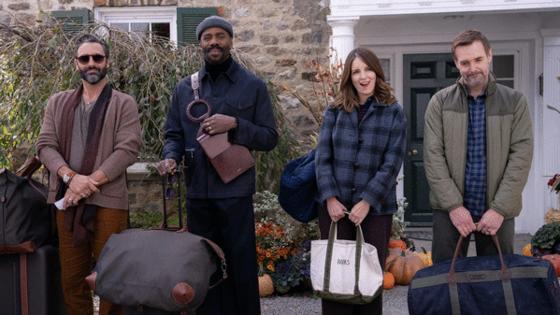

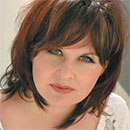

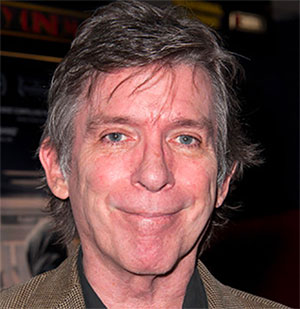
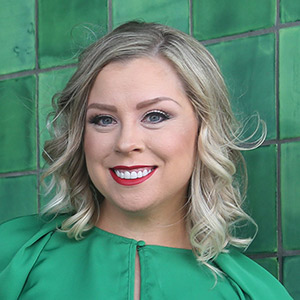


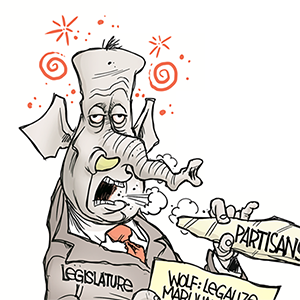
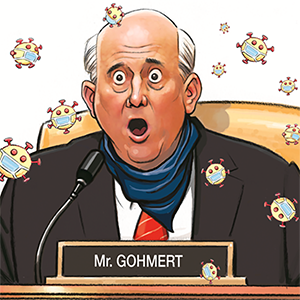



Comments